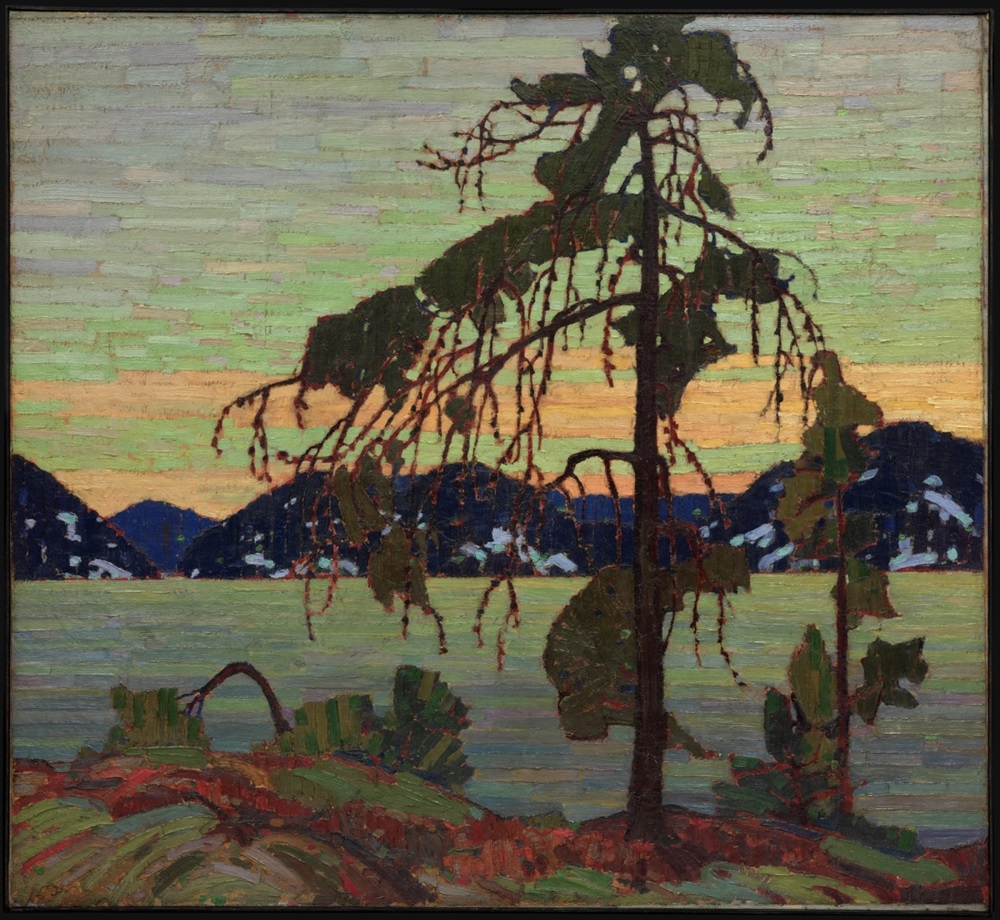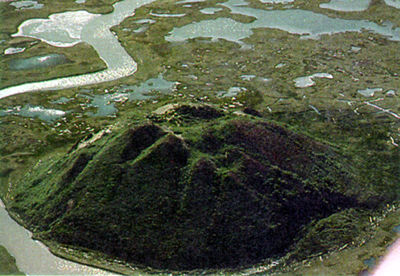Browse "Nature & Geography"
-
Article
Pickerel
Pickerel, common name for 3 closely related carnivorous, soft-rayed freshwater fishes in the pike family (Esocidae).
"https://d2ttikhf7xbzbs.cloudfront.net/media/media/a55af02e-e819-42d4-88f3-d4a0f6aecc15.jpg" // resources/views/front/categories/view.blade.php
https://d2ttikhf7xbzbs.cloudfront.net/media/media/a55af02e-e819-42d4-88f3-d4a0f6aecc15.jpg
-
Article
Pigeon
The pigeon (Columbidae) is a large family (303 species) of birds, many of which are called doves, distributed throughout temperate and tropical areas worldwide.
"https://d2ttikhf7xbzbs.cloudfront.net/media/media/1270f168-86fc-4799-9149-ad91baa20d48.jpg" // resources/views/front/categories/view.blade.php
https://d2ttikhf7xbzbs.cloudfront.net/media/media/1270f168-86fc-4799-9149-ad91baa20d48.jpg
-
Article
Pika
Pika is a common name for the smallest members of the order Lagomorpha, which also includes rabbits and hares.
"https://d2ttikhf7xbzbs.cloudfront.net/media/media/af98ba70-1113-45b4-b37d-a949a1275270.jpg" // resources/views/front/categories/view.blade.php
https://d2ttikhf7xbzbs.cloudfront.net/media/media/af98ba70-1113-45b4-b37d-a949a1275270.jpg
-
Article
Pike
Pike is the common name for the group of 5 species of predaceous freshwater fish with elongated snouts, sharp teeth, cylindrical bodies and forked tails, belonging to family Esocidae, order Esociformes, class Actinopterygii.
"https://d2ttikhf7xbzbs.cloudfront.net/media/media/b3274c7c-a583-453e-9df1-19e86cd30f1d.jpg" // resources/views/front/categories/view.blade.php
https://d2ttikhf7xbzbs.cloudfront.net/media/media/b3274c7c-a583-453e-9df1-19e86cd30f1d.jpg
-
Article
Pine Trees in Canada
Canada is home to 10 species of pine trees. Distinguishable by their bundles of two, three or five needles, various species can be found throughout Canada’s provinces and the Yukon and Northwest Territories. These conifers can live for hundreds of years, with the oldest pine tree in the world being around 4,900 years old and located in Nevada. Two pine species are designated provincial trees in Canada: the lodgepole pine in Alberta and the eastern white pine in Ontario.
"https://d2ttikhf7xbzbs.cloudfront.net/pinetrees/The_Jack_Pine-_by_Tom_Thomson.jpg" // resources/views/front/categories/view.blade.php
https://d2ttikhf7xbzbs.cloudfront.net/pinetrees/The_Jack_Pine-_by_Tom_Thomson.jpg
-
Article
Pingo
A pingo is an ice-cored hill typically conical in shape, growing and persisting only in PERMAFROST. The word "pingo" is of Inuit origin and was first used in the English-language literature by the botanist Alf E.
"https://d2ttikhf7xbzbs.cloudfront.net/media/media/5e658751-a56e-4535-9950-f641ec565a97.jpg" // resources/views/front/categories/view.blade.php
https://d2ttikhf7xbzbs.cloudfront.net/media/media/5e658751-a56e-4535-9950-f641ec565a97.jpg
-
Article
Pipelines in Canada
Pipelines are systems of connected pipes used to transport liquids and gases — namely oil and natural gas — across long distances from source to market. More than 840,000 km of pipelines criss-cross the country. They represent part of the oil and gas sector which directly and indirectly employs approximately 740,000 people. According to Natural Resources Canada, the sector earns the government an average of $20 billion in royalties, fees and taxes each year (see Natural Resources in Canada). It also contributes nearly 11 per cent of Canada’s gross domestic product. Pipelines, however, have been controversial in Canada. Pipelines help transport fossil fuels and research indicates that fossil fuel use, is significantly contributing to climate change. In recent years, Indigenous groups, environmentalists, municipalities and labour unions have opposed numerous pipeline projects due to the risk of contaminated local waterways from spills and leaks. (See also Environmental Movement in Canada).
"https://d2ttikhf7xbzbs.cloudfront.net/media/media/d582fdd1-da33-4f4e-bb6a-d3573745bd88.jpg" // resources/views/front/categories/view.blade.php
https://d2ttikhf7xbzbs.cloudfront.net/media/media/d582fdd1-da33-4f4e-bb6a-d3573745bd88.jpg
-
Article
Pipit
Pipit is the common name for some birds of the family Motacillidae, which also includes wagtails.
"https://development.thecanadianencyclopedia.ca/images/tce_placeholder.jpg?v=e9dca980c9bdb3aa11e832e7ea94f5d9" // resources/views/front/categories/view.blade.php
https://development.thecanadianencyclopedia.ca/images/tce_placeholder.jpg?v=e9dca980c9bdb3aa11e832e7ea94f5d9
-
Article
Pitcher Plant
Pitcher plant is the common name for certain perennial herbs adapted to wet, marshy and boggy habitats low in nutrients. They have rosettes of leaves that are modified into tubular, trumpet-like structures filled with liquid that function as insect traps. The plants generally bear a single, large nodding flower. Canada is home to only one species, the purple pitcher plant (Sarracenia purpurea).
"https://d2ttikhf7xbzbs.cloudfront.net/media/widgets_images/pitcherplant/Ptcher-Plant.jpg" // resources/views/front/categories/view.blade.php
https://d2ttikhf7xbzbs.cloudfront.net/media/widgets_images/pitcherplant/Ptcher-Plant.jpg
-
Article
Planet and Satellite
The diameter of a world is a significant value because, given the same densities, the surface gravity will vary roughly with the diameter. A diameter of 350 km is the approximate dividing line between the larger, near-spherical bodies and the smaller objects of irregular shape.
"https://d2ttikhf7xbzbs.cloudfront.net/media/media/4c1c6f4c-e6fb-43ec-a6ab-1611826eba6d.jpg" // resources/views/front/categories/view.blade.php
https://d2ttikhf7xbzbs.cloudfront.net/media/media/4c1c6f4c-e6fb-43ec-a6ab-1611826eba6d.jpg
-
Article
Plankton
Plankton [Gk planktos, "drifting"], plants and animals , phytoplankton and zooplankton, respectively, that float freely or drift with currents in oceans , freshwater ponds and lakes.
"https://development.thecanadianencyclopedia.ca/images/tce_placeholder.jpg?v=e9dca980c9bdb3aa11e832e7ea94f5d9" // resources/views/front/categories/view.blade.php
https://development.thecanadianencyclopedia.ca/images/tce_placeholder.jpg?v=e9dca980c9bdb3aa11e832e7ea94f5d9
-
Article
Plant
The shoot system (stem and leaves) grows upward into the light and is the site of photosynthesis; the root system penetrates the soil, anchors the plant and absorbs necessary water and minerals.
"https://d2ttikhf7xbzbs.cloudfront.net/media/media/8c6d96af-79e3-4fb0-bbea-a540ea72e324.jpg" // resources/views/front/categories/view.blade.php
https://d2ttikhf7xbzbs.cloudfront.net/media/media/8c6d96af-79e3-4fb0-bbea-a540ea72e324.jpg
-
Article
Plant Breeding
Plant breeding is an applied science, in which knowledge of genetics, pathology, plant physiology, statistics, and molecular biology are used to modify plant species for human needs or preferences.
"https://development.thecanadianencyclopedia.ca/images/tce_placeholder.jpg?v=e9dca980c9bdb3aa11e832e7ea94f5d9" // resources/views/front/categories/view.blade.php
https://development.thecanadianencyclopedia.ca/images/tce_placeholder.jpg?v=e9dca980c9bdb3aa11e832e7ea94f5d9
-
Article
Plant Classification
Popular classification usually divides living beings into plants and animals and, sometimes, microbes. Scientific classification long followed a similar system, with 2 principal kingdoms: the animal order and the vegetable order.
"https://d2ttikhf7xbzbs.cloudfront.net/media/media/edce9657-3d08-4b7c-b369-aa52cc7f8d79.jpg" // resources/views/front/categories/view.blade.php
https://d2ttikhf7xbzbs.cloudfront.net/media/media/edce9657-3d08-4b7c-b369-aa52cc7f8d79.jpg
-
Article
Plant Disease
Plant disease can decrease the economic, aesthetic and biological value of all kinds of plants. Plant pathology (phytopathology) is the study of the nature, causes, prevention and socioeconomic aspects of plant diseases.
"https://development.thecanadianencyclopedia.ca/images/tce_placeholder.jpg?v=e9dca980c9bdb3aa11e832e7ea94f5d9" // resources/views/front/categories/view.blade.php
https://development.thecanadianencyclopedia.ca/images/tce_placeholder.jpg?v=e9dca980c9bdb3aa11e832e7ea94f5d9
